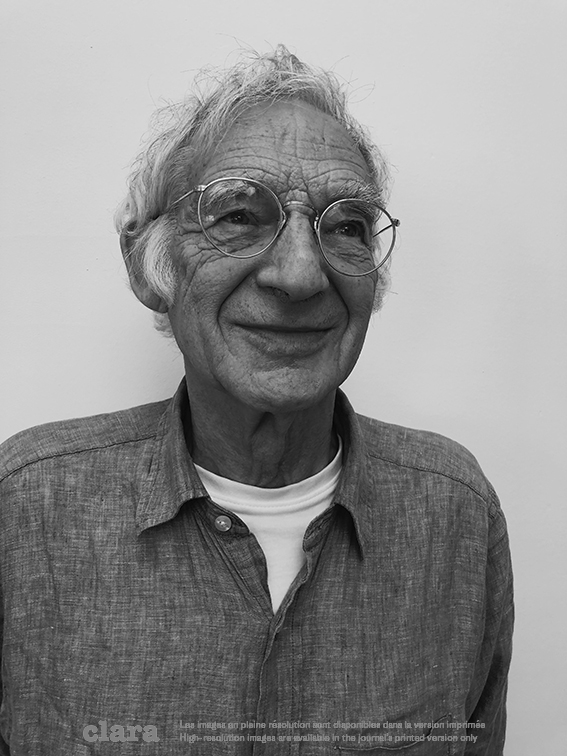Marcel Goldstein
Main Article Content
Abstract
The architect Marcel Goldstein talks to two female architecture students in February 2016. He recalls his geographical and intellectual 'wanderings', the social and societal commitment of architecture, the important figures of the architectural culture of the time in Brussels - De Ligne, De Koninck, Stynen, Bourgeois, Wybauw, Culot, Dethier, Sternfeld -, his first experiences in the agency Candilis, Josic and Woods, and then in large agencies in the United States. This exchange becomes an opportunity for Goldstein to express himself on the La Cambre School of Architecture, on the arrogance of modernist foundation cities such as Chandigarh and Brasilia, on the link between architecture and ruin, on the reasons and deceptions of the ARAU, on the similarities and differences of the profession, of architecture and of the city between the United States and Europe, on the new awareness of the environment which affects the way of thinking about architecture.
Article Details

This work is licensed under a Creative Commons Attribution-NonCommercial-NoDerivatives 4.0 International License.

